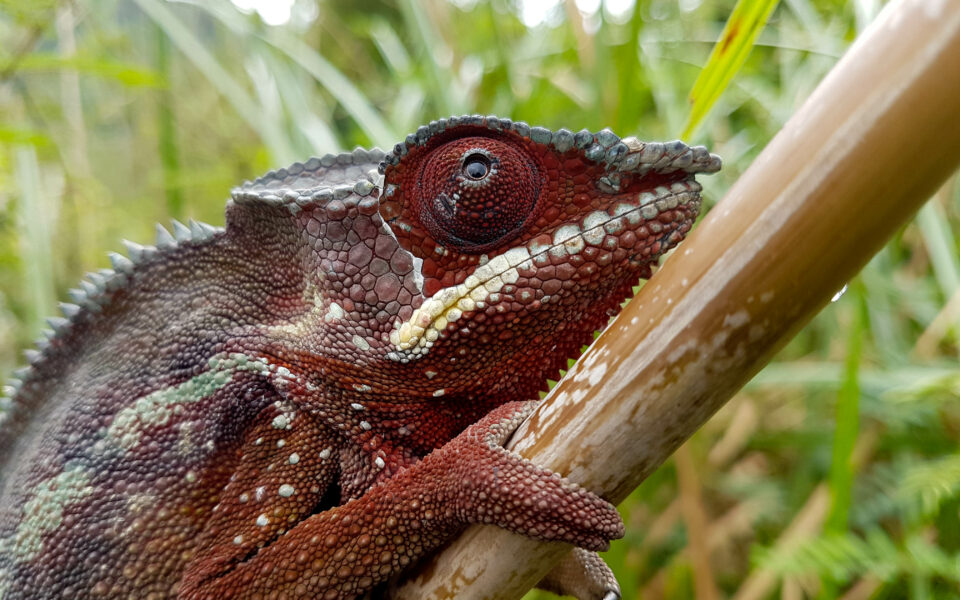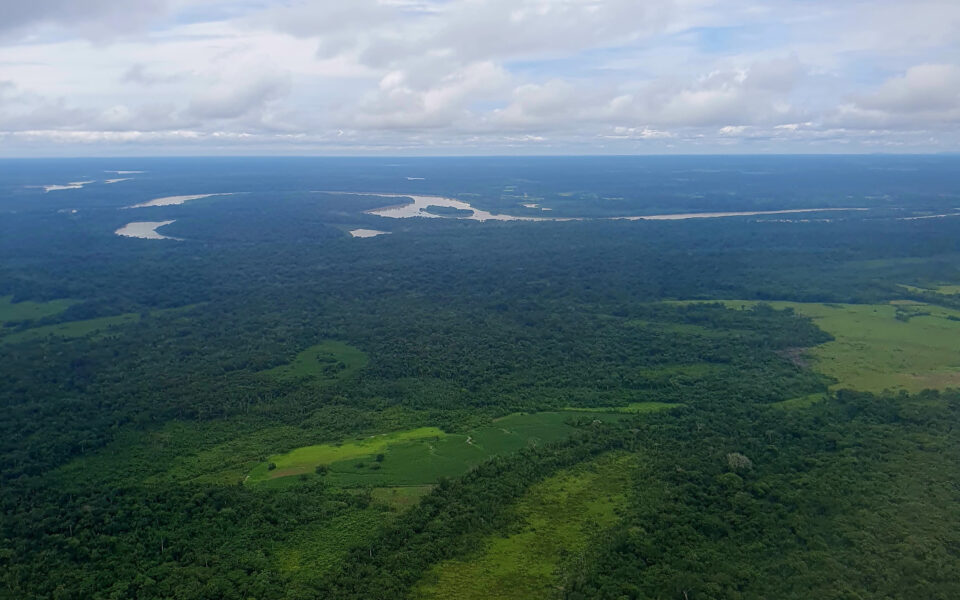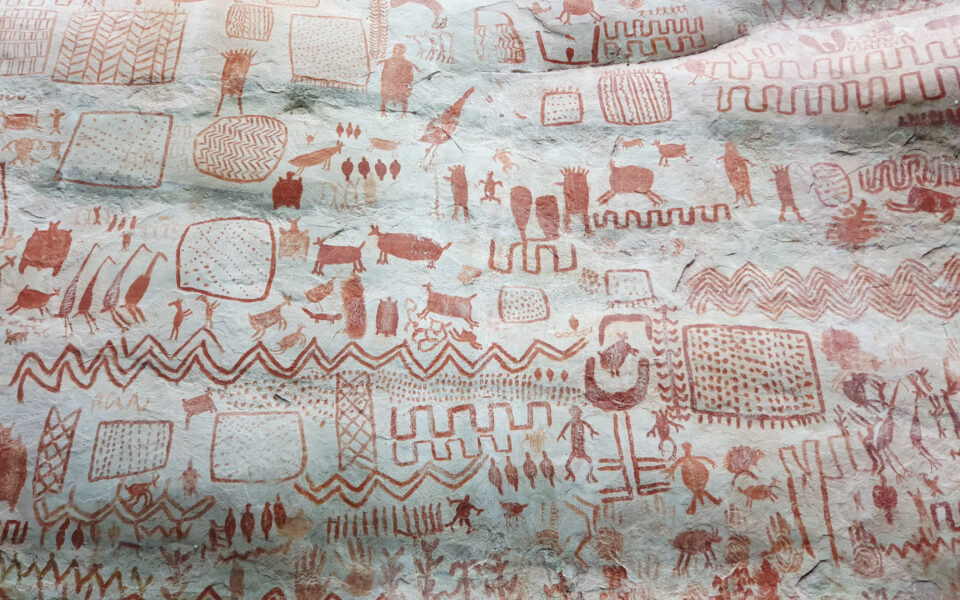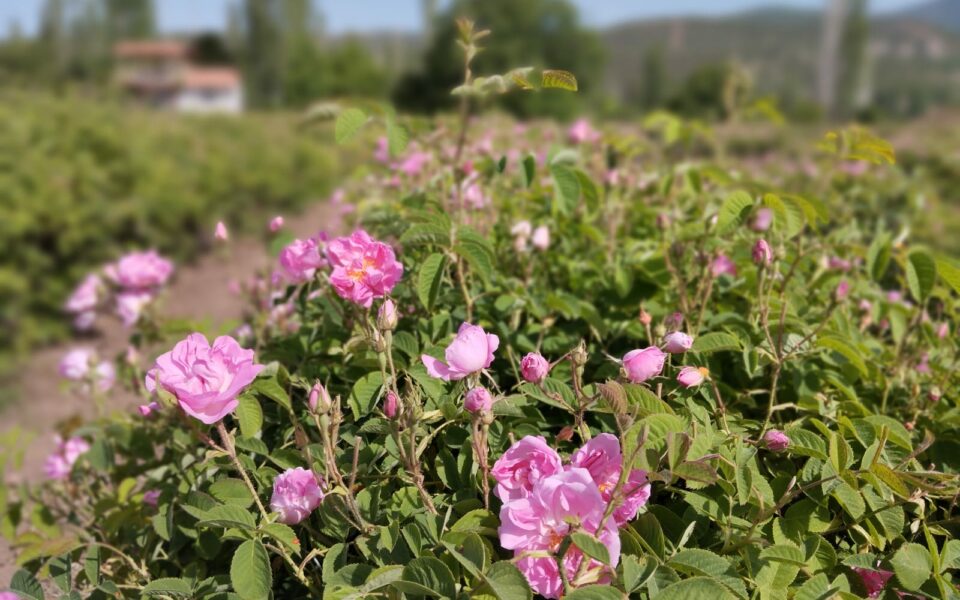News

22 May 2023
Like every 22nd of May, it’s World Biodiversity Day!
It is an "international day", the purpose and date of which were established by the United Nations General Assembly in 1993. Initially set for 29 December, it was moved to 22 May (date of the adoption of the text of the 1992 Convention on Biological Diversity) in 2000.
Its main purpose is to raise awareness among global citizens about issues related to the conservation of “biodiversity”, a term that refers to all forms of life on Earth: plants, animals, microorganisms, etc. The concept also includes genetic differences within species.
We only know a small part of biodiversity: 1.9 million species are listed in the Catalogue of Life but there are a priori four times more, or 8.7 million! And of these 8.7 million, nearly a million are threatened with extinction, and 75% of the world’s ecosystems are degraded… The 6th mass extinction of biodiversity is underway.
The causes of this worrying degradation are known, and 5 main factors explain these impacts: habitat destruction, overexploitation of species, chemical pollution, climate change, invasive species.
Biodiversity provides a multitude of services to humanity: production of food and medicine, regulation of natural cycles such as water cycles, and carbon (and therefore climate), soil protection… It also fulfills a cultural, even religious role: a source of inspiration for artists, it is also omnipresent in the symbolism of many religions, for example.
According to the UN, current negative trends in biodiversity and ecosystems are expected to undermine the achievement of 80% of the Sustainable Development Goals targets.
The theme of the International Day for Biological Diversity is “From Agreement to Action: Rebuilding Biodiversity”, highlighting the need to implement the Kunming-Montreal Global Biodiversity Framework of December 2022, whose ambition is to reverse the loss of biodiversity by 2050.
And us in all this?
SalvaTerra offers a holistic and multidisciplinary approach to provide advisory support to meet the social, economic and environmental challenges of biodiversity conservation. From the initial diagnosis (floristic and faunal inventories) to the feasibility study or evaluation of conservation projects, we are able to accompany each stage of the projects, mobilizing naturalist experts as well as other expertise in various related fields (climate change, sustainable agriculture, forest management, mapping and remote sensing, etc.).
A lire aussi...

10 Nov. 2025
Freiner la déforestation sur les fronts pionniers amazoniens
Dans le cadre de l’Évaluation au champ large (ECL) des interventions du Groupe AFD et du FFEM dans le biome amazonien, SalvaTerra et TERO ont rédigé pour l’Agence française de développement un nouveau numéro de la collection Questions de développement (QDD n°97 – octobre 2025), intitulé « Quels leviers pour freiner la déforestation sur les fronts pionniers en Amazonie ? ».

21 Oct. 2025
Évaluer 17 ans d’action française pour les forêts amazoniennes
Menée par le consortium SalvaTerra–TERO, l’Évaluation au champ large (ECL) analyse près de deux décennies d’interventions du Groupe AFD et du FFEM en faveur des forêts du biome amazonien, à travers 37 projets mis en œuvre dans huit pays. L’étude dresse un bilan inédit des approches françaises en matière de conservation, de bioéconomie et de gouvernance autochtone, et identifie les leviers pour renforcer leur impact à l’horizon 2030

14 Oct. 2025
Evaluation de conformité sociale et environnementale de la filière rose pour un sourcing durable en Turquie
En juin 2025, SalvaTerra a conduit une mission de diagnostic de la filière de la rose de Damas en Turquie et une évaluation des dernières avancées en matière de droits humains. Celle-ci a combiné une analyse documentaire approfondie, des visites de parcelles, et des rencontres avec l’ensemble des acteurs : travailleurs saisonniers, agriculteurs, collecteurs, coopératives, transformateurs, associations locales et ONG. Cette étude a permis de formuler un plan d’action pragmatique pour continuer à porter cette filière d’importance vers un modèle conciliant durabilité et éthique, en améliorant notamment les conditions de vie et de travail à l’amont et à l’aval.